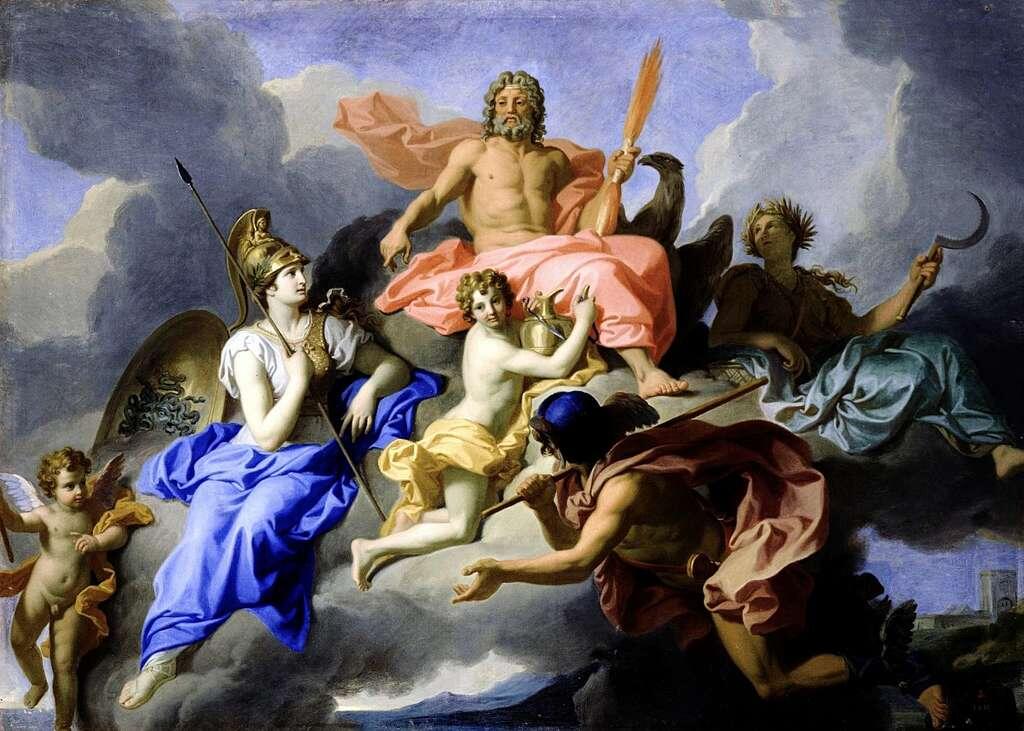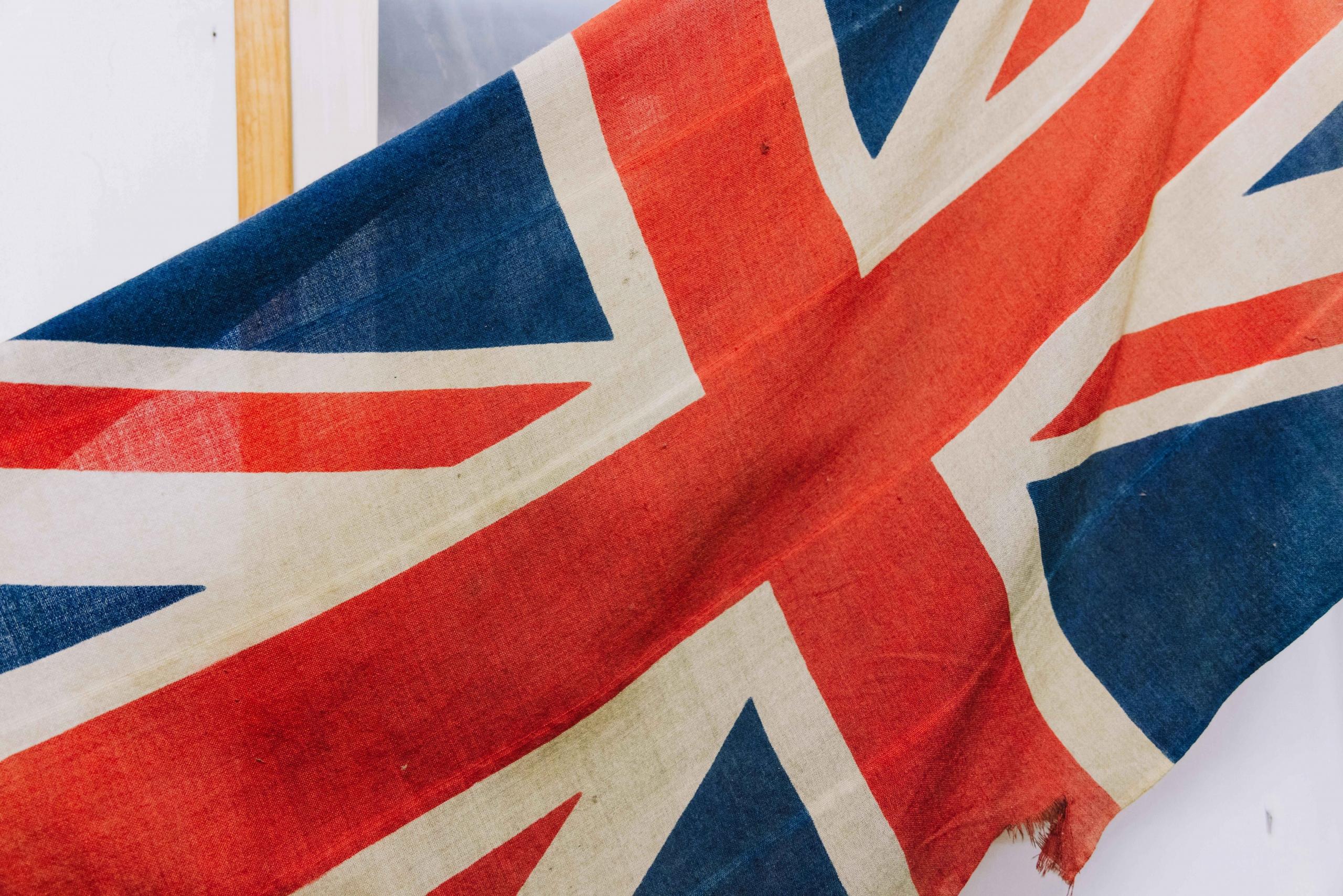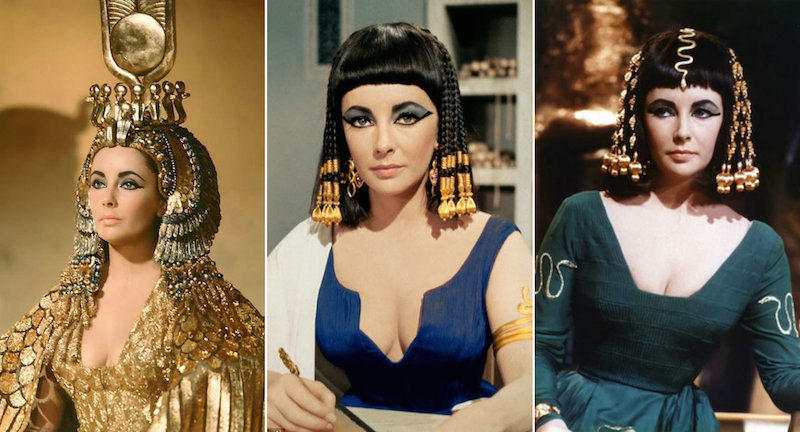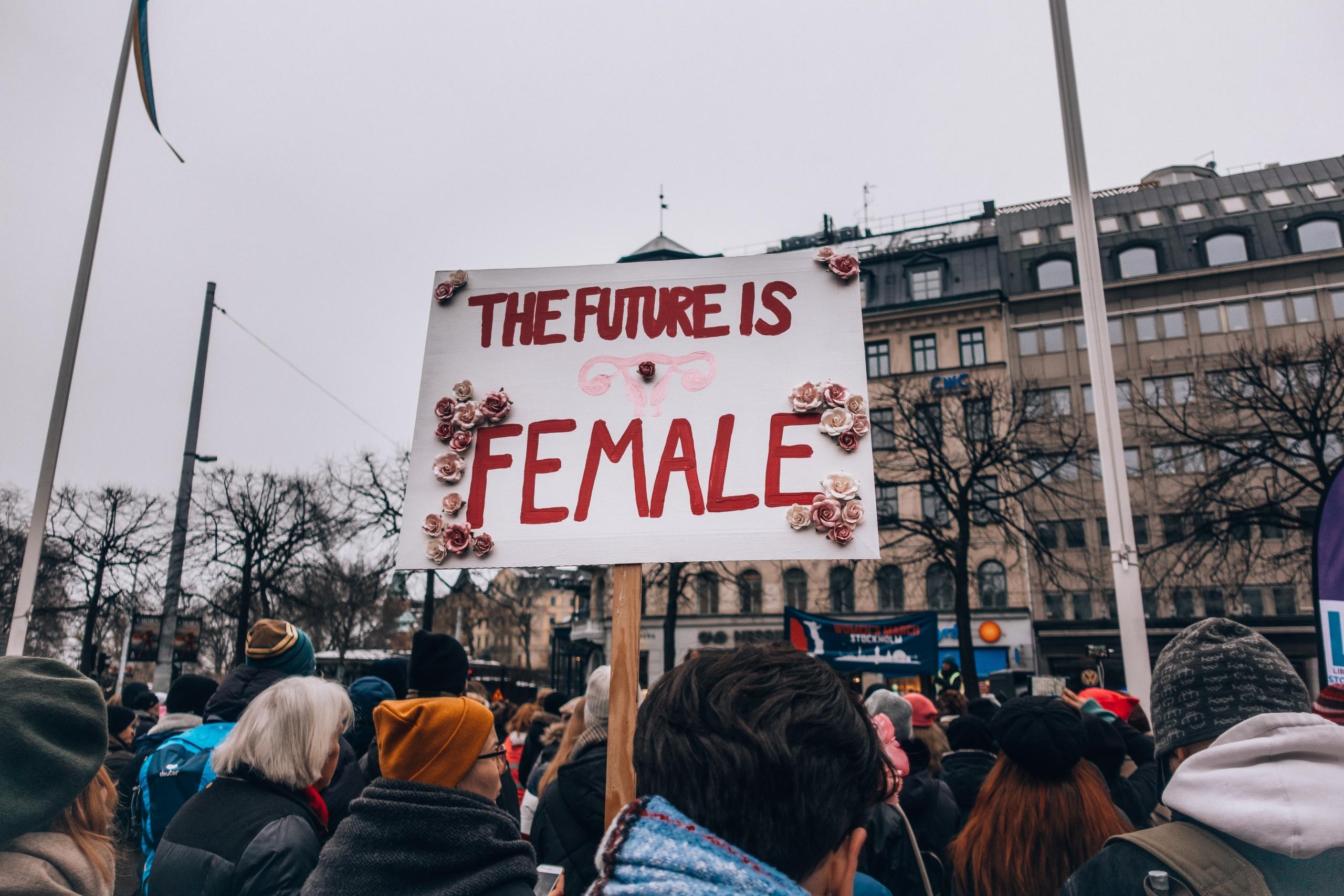If there is a single trait in our character ... it is our determination to limit the authority of those who rule over us.
Billy Bragg
From a historical perspective, Mr Bragg has a point. Evidence exists of human activity in our island long before anyone kept any kind of records. However, we're certain that inhabitants battled newcomers for supremacy every step of the way. For one, because evidence of humans doing such exists the world over.
For two, we're fortunate to have a substantial historical record. To detail all of those exploits would result in a work approximately the size of War and Peace. So, make our point, we limit ourselves to highlights from:
793, Current Era (CE)
Vikings in Britain
Fought the Picts, Celts, Scots, and Anglo-Saxons
1066-1455
Medieval Britain
From the Norman Conquest to the Wars of the Roses
1485-1603
Tudor Britain
Gaining independence from Rome
1837-1901
Victorian Britain
Seizing the global reins
1901-2000
20th Century Britain
Fighting for, and losing, dominance
2000s
Modern Britain
British life in the new millennium

Viking Britain Timeline
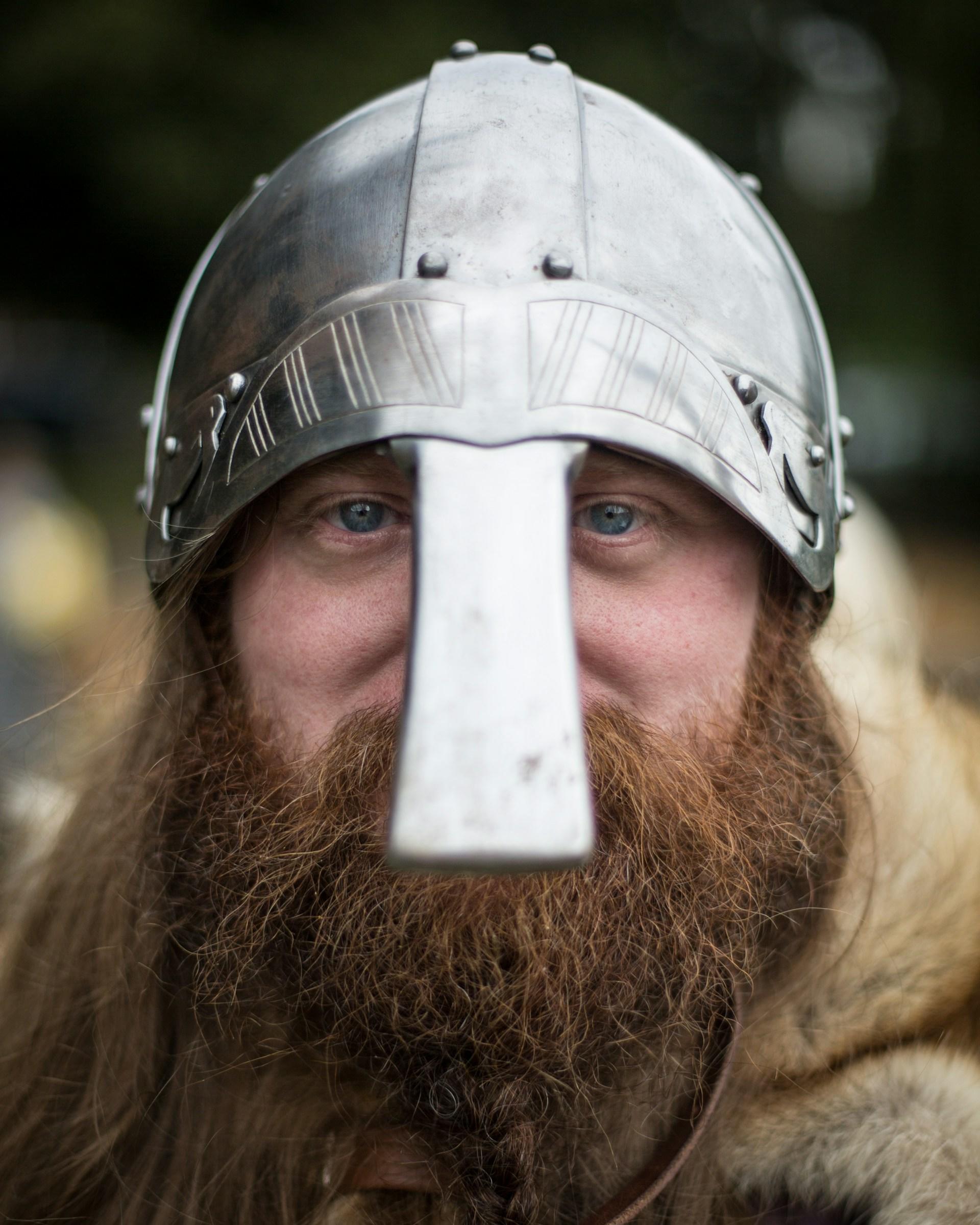
When these Scandinavians sailed to Britain, they brought their fierce reputation with them, and they lived up to it. They made land on Holy Island, a small outpost off the Northumbrian coast. They then proceeded to raid the monastery there, before advancing to the mainland.
Historians debate possible incursions between 787-789. Evidence exists for Viking landings at Dorset, but it's not strong enough to conclude anything.
By the mid- to late 9th Century, enough Vikings had arrived to establish settlements. Soon, another influx would make land. This Great Heathen Army battled Britain's three major kingdoms into submission. The lands of East Anglia, Northumbria, and Mercia fell under Viking control.
This swath of land covered Northern and Northeast England.
The fight for control and dominance continued until early in 1066. By that time, the Vikings were turning away from their gods, and their bloodlust was fading. Still, there are many key battles in Viking Britain that we didn’t cover here.. This clip highlights a few such moments, too.
Medieval Britain Timeline
The Medieval period spans roughly from the time the Romans left Britain, in 410, until just before the Tudor Dynasty began (1455). As you can see, this timeframe includes Viking Britain. Why do a separate exposé for them, then?
The Vikings had a major impact on shaping Britain's political future. Their deeds deserve a spotlight all their own. Besides, featuring the entire Medieval period under one banner would make for too long a read.
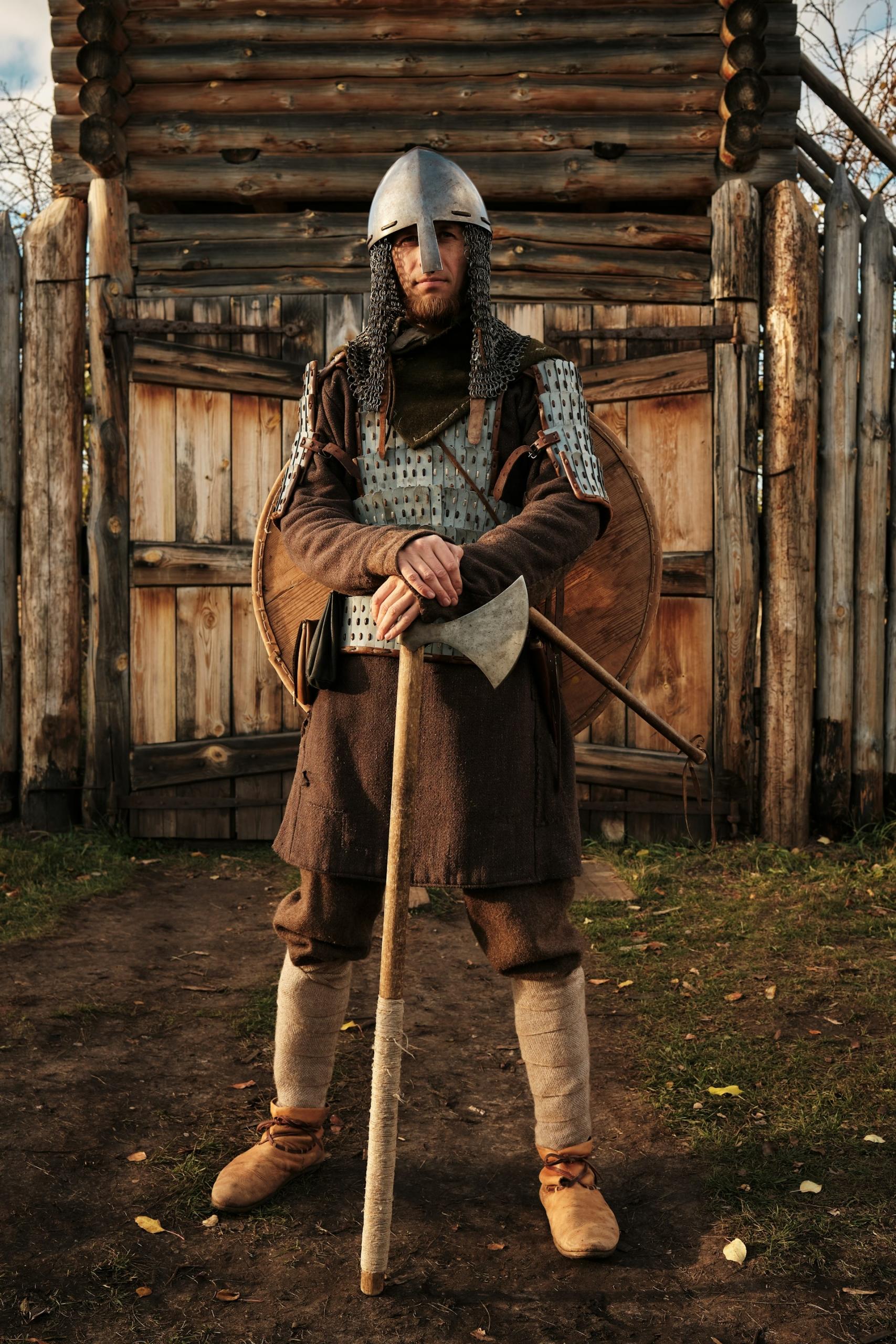
So, we pick up our narrative thread around the time of the Norman Conquest, an event the Vikings also influenced.
As Viking hordes invaded Britain, the French feared they would be next. They invited a Viking contingent to settle in Normandy, provided they would repel further Viking invasions.
That arrangement worked a treat. The French attained a measure of security from their fierce northern neighbours, and the Vikings found a peaceful, pleasant place to set up camp. Over time, those Northmen (Norman!) gave up their warring ways and fiery gods. They embraced Christianity, and French culture.
A bit of that fighting spirit remained, though, in the person of William the Conqueror. It was he who led the charge into Britain in 1066, and who tasted victory in the Battle of Hastings. However, he was denied his prize - submission, and the crown.
The English proved, once again, the rightness of Mr Bragg's assertion. From the peasantry to the nobility, everyone accepted there must be a king. But they demanded an English one; no outsider would do. That was unacceptable to William the Conqueror.
A charter to limit the kings' powers, protect the nobility, and guarantee the Church's place.
William I, his son, incurred so much disfavour the nobility sought to limit his reach. As this clip shows, the power struggles continued throughout the Medieval Britain period.

Tudor Britain Timeline
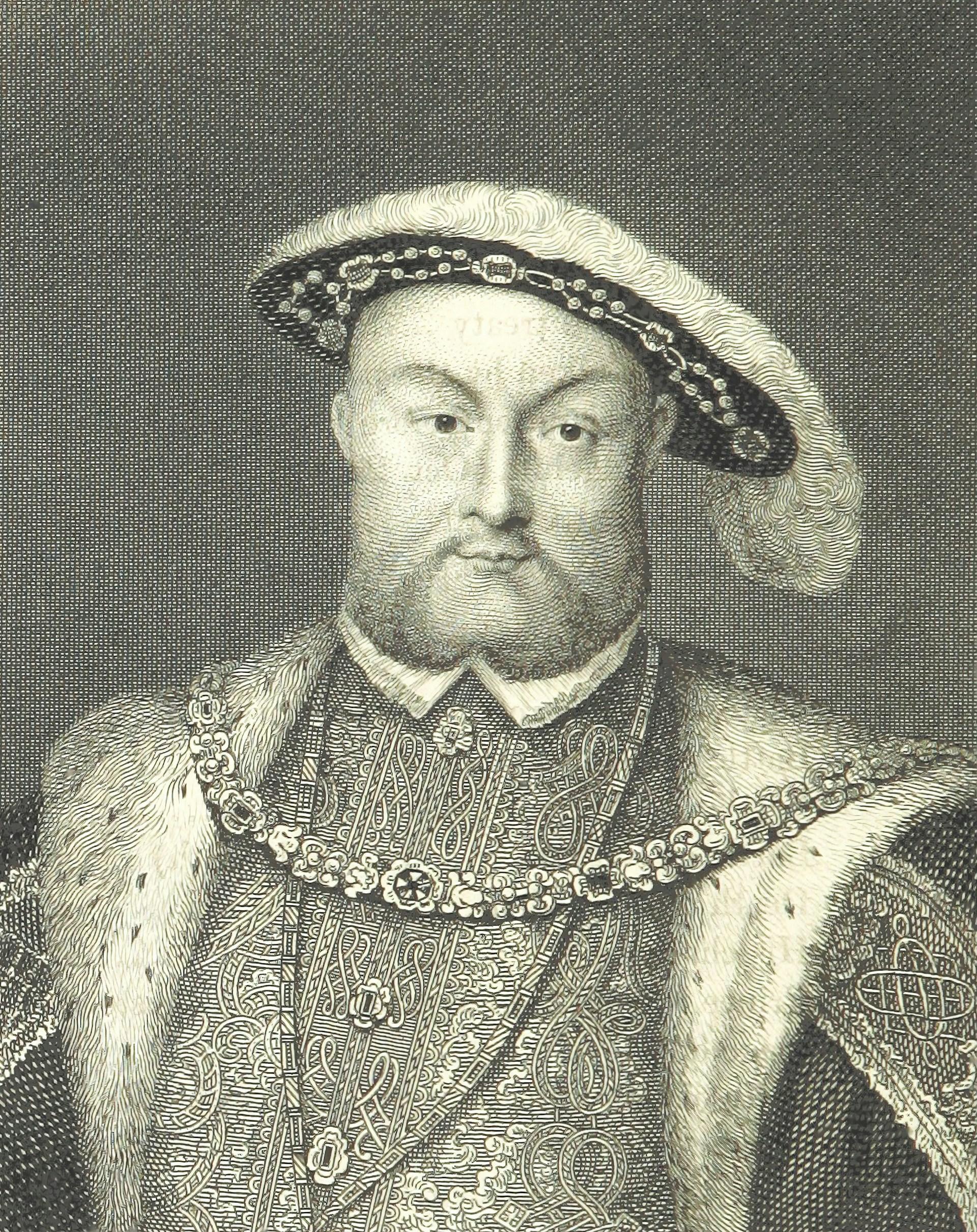
The Wars of the Roses raged from 1455 to 1487. The fight was between two British Houses, not Britain and some outsider. The crown passed between the Houses of York and Lancaster seven times before Henry VII, the Lancaster king, finally claimed it.
To cement his power, he married House of York daughter Elizabeth (1486), thus forging the House of Tudor. And then, he began reforming England's political and economic structures.
Henry VII was a thrifty and prudent king, quite unlike his successor. Henry VIII loved his lavish lifestyle, and treated his court and courtesans well. He spent wildly, on all manner of grand schemes. He wanted castles and boats and weapons. He wanted to do as he pleased.
England breaks from the Catholic Church. Henry VIII declares the monarch the head of the Church of England.
This break from dogma wasn't out of some deep, philosophical questioning. The Church denied the king's request, so he arranged things such that the church could never deny him again. Yet more proof of Mr Bragg's words.
Henry VIII might have been a selfish king, but he was astute. His war fears led to Britain establishing the world's first navy. Changing the land's religion paved the way for the Tudor Dynasty’s most impactful events to unfold.
The Tudor Dynasty spanned just 118 years. It ended with Queen Elizabeth I, as she left no heirs. Britain would not see a ruler like her until Queen Victoria took the throne.
and description
Victorian Britain
Victoria I was the first queen to rule in her own right. She changed Britain's political structures, which set the 'king'-dom's future course. By the time Queen Victoria took the throne, foreign relations and domestic politics were more-or-less settled.
That stability paved the way for innovation. Developments in transportation, technology, and luxury came in quick succession. And, as a commercial entity, the United Kingdom (UK) had no rivals.
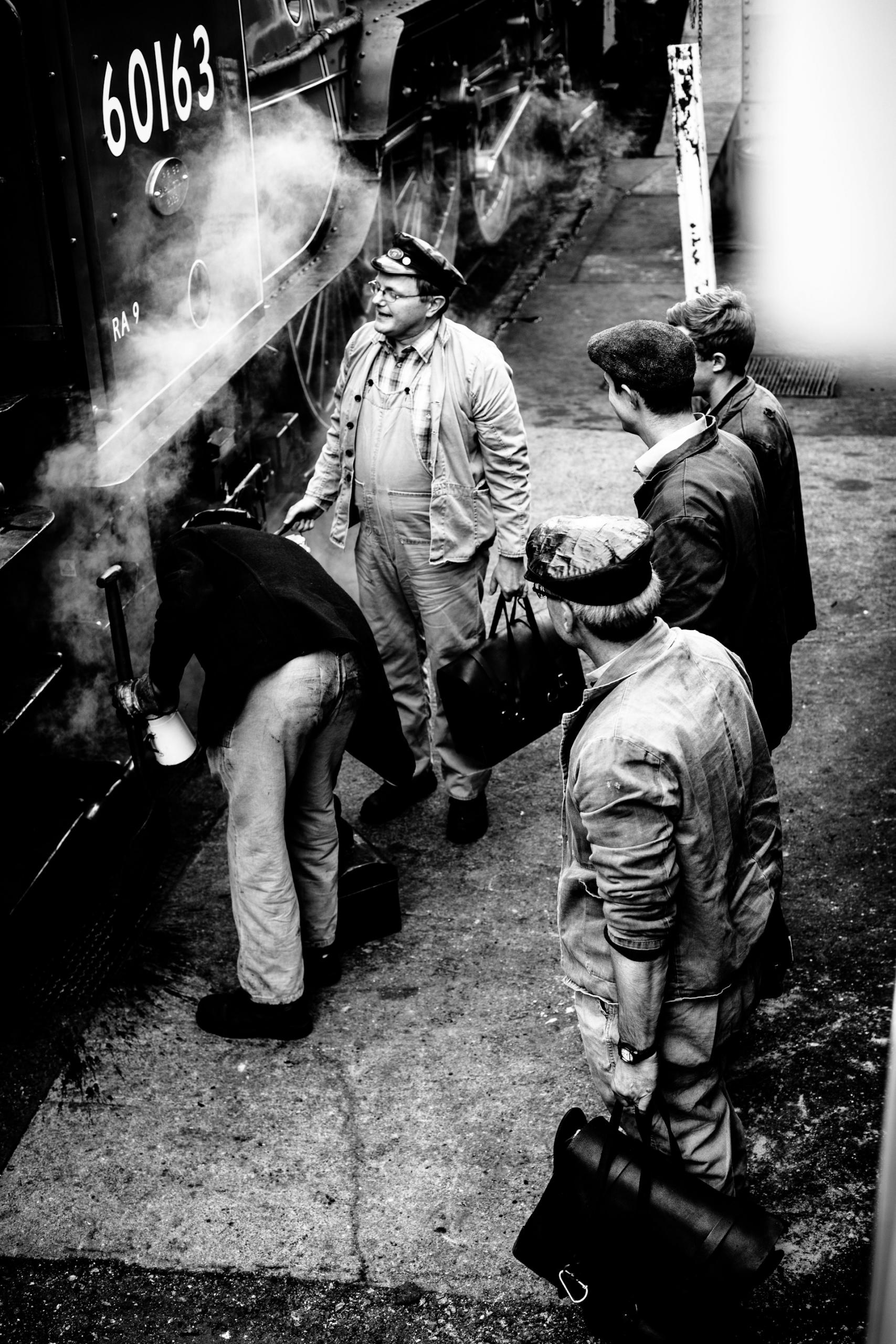
Parliament takes the first step towards forging the United Kingdom. The Acts entered into force in December 1800.
Queen Victoria took the throne in 1837, and made the most of her reign. The kingdom had expansive naval capabilities, which it put to use building its empire.
While the UK led the world in global trade, discoveries and innovations at home revolutionised life. This chart features a fraction of the Victorian Britain inventions that made living and working better.
| Invention | Year | Inventor |
|---|---|---|
| The flushing toilet | 1845 | George Jennings |
| The sewing machine | 1845 | Isaac Merrit Singer |
| Central Heating | 1846 | William Strutt |
| The light bulb | 1870s | Warren de la Rue, Joseph Swan, and others |
| The telephone | 1876 | Alexander Bell |
| The electric kettle | 1891 | Crompton & Co |
| The electric cookstove | 1892 | Thomas Ahearn |
| The icebox | 1894 | István Röck |
| The hoover | 1901 | Hubert Cecil Booth |
| Kitchen gadgets graters, peelers, ice-cream makers | multiple dates | Agnes Bertha Marshall |
Timeline of Britain in the 20th Century
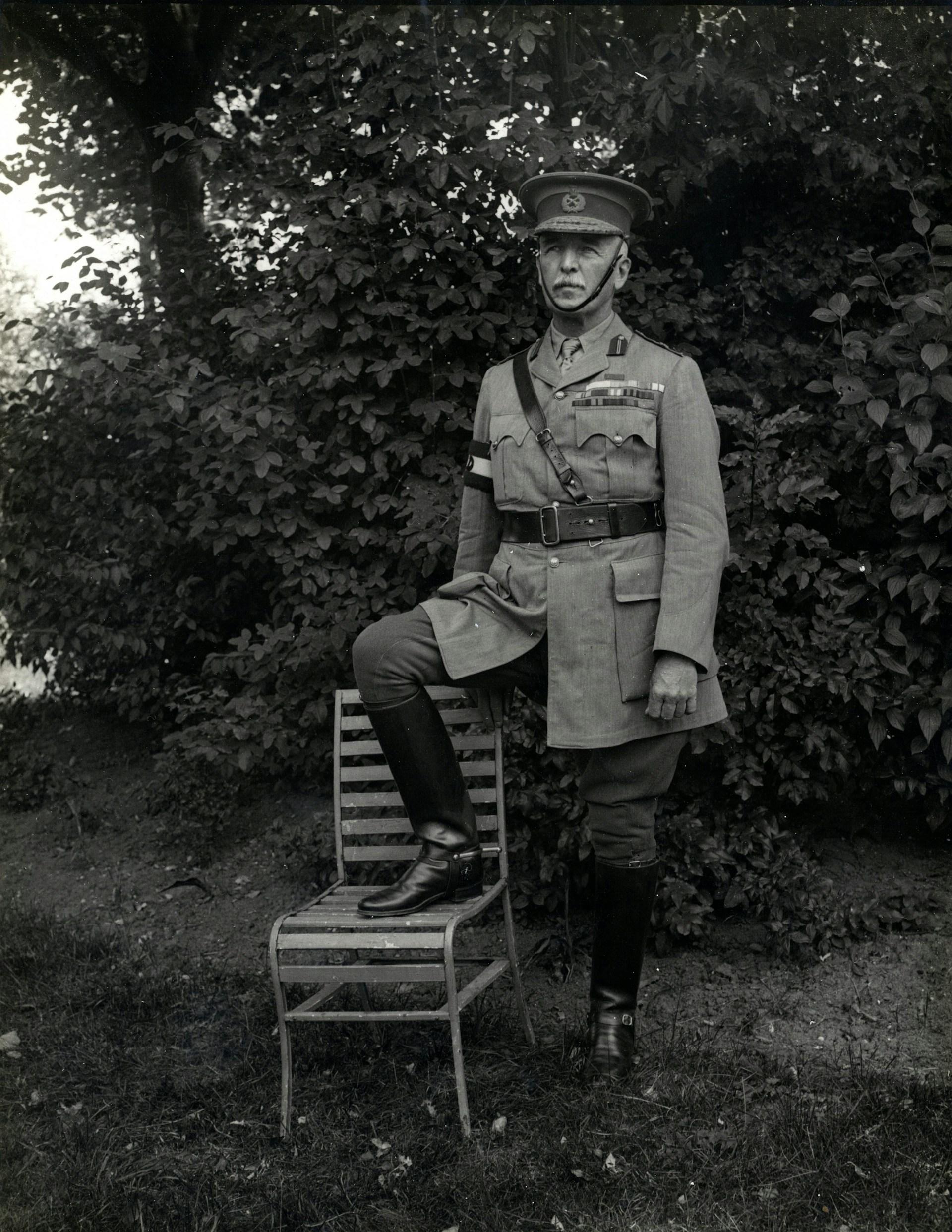
The Victorian Era ended in 1901, and the loss was profound. Historical records hint at a sense of 'where do we go from here?' - at least, politically. Two monarchs ascended within 10 years; that same period saw 3 Prime Ministers take the post. The UK had political turmoil at lower levels, too.
All of this suggests that a lack of cohesion, going into the First World War. The French and British had formulated their Entente Cordiale in 1904.
They weren't allies - or friends. However, they agreed to support and defend one another in certain instances. Such was the case in 1914, when Germany entered Belgium. The UK called for the Germans to withdraw, which they ignored. Britain had no choice but to declare war.
Propagandists used this H. G. Wells' book title as an idealistic slogan to describe the Great War. Ironically, that war laid the groundwork for the second, more devastating conflict.
Conflicts were key events in 20th Century Britain: wars, political strife, economic struggles, and fights for independence. Unparalleled tragedies, from Aberfan to The Troubles, scarred the national consciousness.
The British Empire transitioned to a Commonwealth, and British citizens lived under austerity. The UK's first female Prime Minister declared that there's no such thing as society. Her domestic economic policies set the stage for happenings in Britain today.
Modern-Day Britain
Today, we laugh about the Y2K panic, the idea that our computer systems would lose their collective minds at millennia's turn. In retrospect, we were right to dread this new era, we just dreaded it for the wrong reasons.
The attack on New York's Twin Towers, on September 11, 2001, initiated a new level of military adventurism. That's not exactly new. Throughout history, nations launched unprovoked wars.

However, today's technology makes such conflicts far more deadly, and more costly. Currently, the 'war effort' consumes a substantial part of our resources.
Modern-day Britain continues the privatisation scheme Margaret Thatcher initiated. What before had been social services were now for-profit enterprises. This continues to cause financial hardship across Britain.
The British public was already struggling when the global financial meltdown rocked the world.
Arguably, all of today's ills have economic roots. Thatcherism led to the loss of public confidence in government policies. The 2008 event provoked deep(er) austerity cuts. Thatcherism's Eurosceptic agenda, the ultimate demonstration of Mr Bragg's assertion, led to Brexit.
The Coronavirus pandemic dealt modern Britain its third harsh blow. Our society's fractures deepened, our economic troubles became more profound, and our prospects became more dismal. However, life in modern Britain is not all bad, as our companion article explains.

















